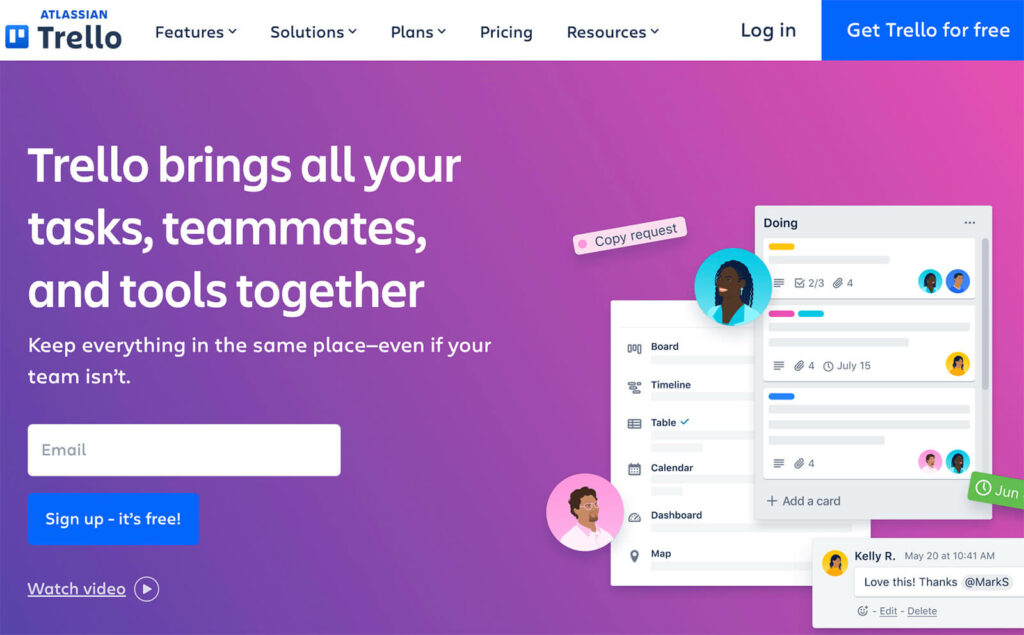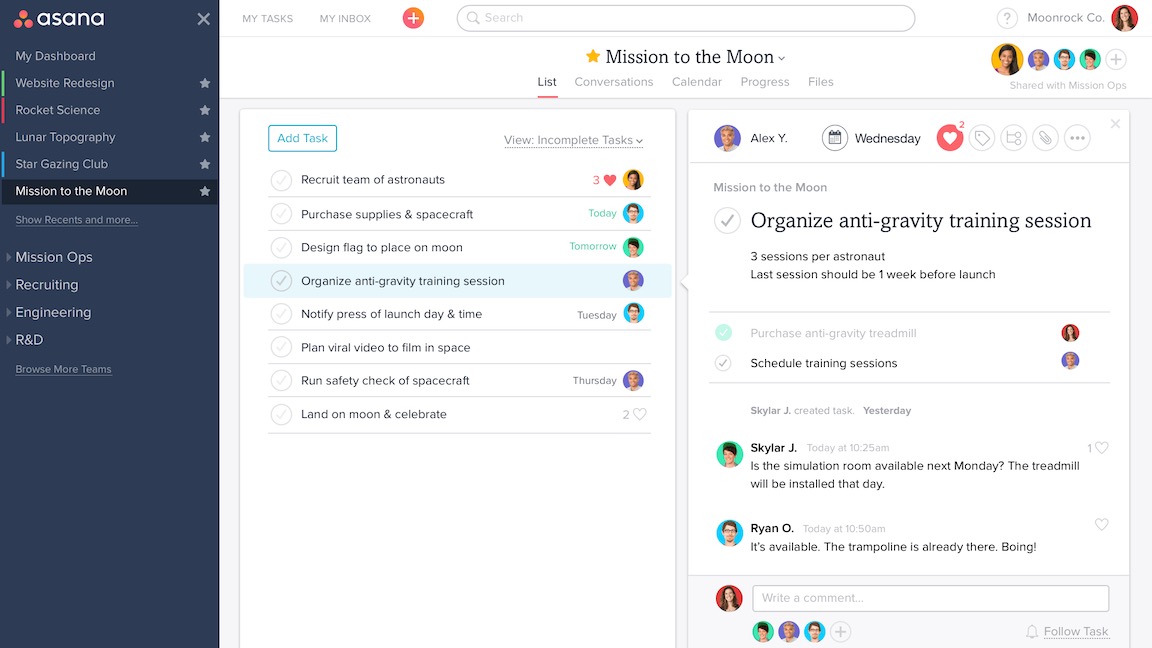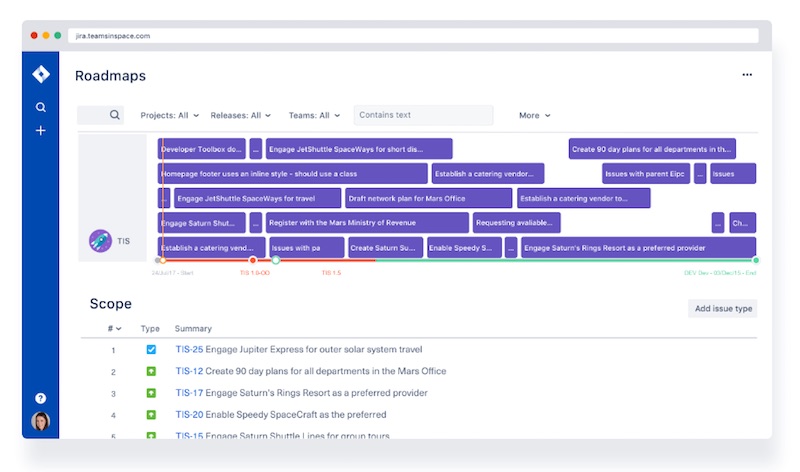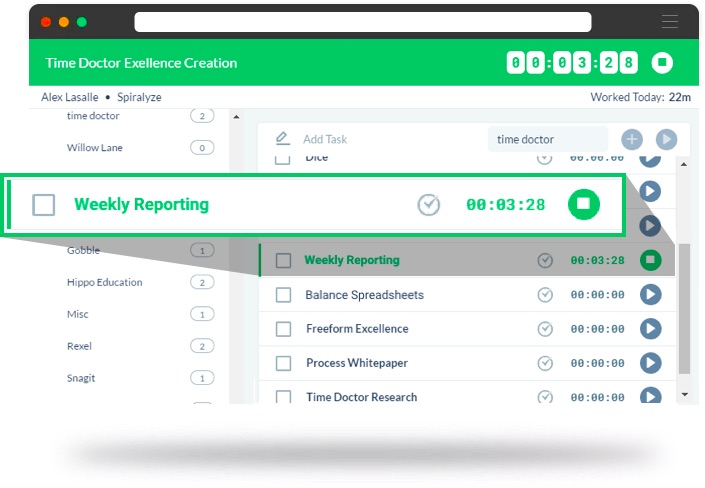Hiring a software developer can be scary.
After all, they’re expensive. And it’s hard to separate those who are good vs. those who can talk a good game.
But let’s face it.
If you’re looking to incorporate an app into your service offering, or streamline your operations, then you’ll need to hire a developer. It’s as simple as that
I’m not going to lie to you and tell you that it’s going to be entirely painless. It’s going to require some trial and error, an investment, and a learning curve to get it right.
However, this article will present several ideas to help you successfully outsource software development on a budget.
Advantages & disadvantages of outsourcing
Before delving too deep into how to outsource, let’s talk about some of the advantages and disadvantages of outsourcing. This will help you understand the costs and benefits of taking a development project out of house.
Pros
The advantages of outsourcing software development include the following:
- Cost savings – Depending on who you hire, you can save a ton of money by outsourcing software development. If you find the right fit and a talented developer outside your home country, chances are it will only be a fraction of the cost of what you would spend to bring someone in house. Yet, avoid hiring a cheap software developer for your project. There are many reasons why you shouldn’t hire a cheap freelancer online, starting from the very possible bad quality of work to larger spend of time.
- Lower operating expenses – Not only will you pay a developer less, but you also don’t have to worry about purchasing equipment and other supplies required for development. Offshore companies will already have these supplies and be ready to roll as soon as you hire them.
- Access to global talent – When you hire in-house, you only have access to talent that lives near your office. Local talent doesn’t always mean the best talent. When you cast a wider net, you get better developers.
- Ability to meet deadlines – When you outsource, you often get more manpower dedicated to your project and the ability to actually hit deadlines.
- 100% focus – Just think of how many projects you have going on at your office. When you outsource, you can rest assured your developer will be 100% focused on your project.
Cons
If outsourcing was only full of advantages, no one would ever bring a developer in-house. It’s important to realize there are some disadvantages as well. However, if you know what they are, you’ll be well equipped to handle them.
Some disadvantages include:
- Language barrier – If you’re hiring outside of your country, rest assured that English will be the second language of the developer. Sometimes this is not a problem, but sometimes it is. Make sure you have a way of communicating easily before you outsource your project.
- Knowing who to hire – There are several companies and freelancers that will take on a software development project, but how do you know you’re going to get the best person? Rely on recommendations from friends and colleagues, read reviews, and engage in a lengthy interview process to make sure you’re going with the right developer.
- Transitioning – It’s difficult to start working with another company that has different business practices, values, and company mission. Sometimes the transition can be difficult. If you have a plan in place to communicate how a project will function and the right tools to manage time and the project, then you’ll be much better off when outsourcing.
Tools you need to successfully outsource
If you’re used to working in-house, it’s important to know you’ll need to invest in some tools to make it easier to work with a freelancer or another software development firm. Here are some of the top tools to look into that will make the transition smooth.
Trello

The last thing you want to do is leave your project manager in the dark or ask them to manage an offshore team of developers with just a bit of creativity and an email account.
Instead, you need a strong project management tool. Many project managers like Trello.
Trello is a project management solution that makes collaboration easy.
Some top features of Trello include:
- Organization – Trello uses boards, lists, and cards to help you organize and prioritize your projects in a fun, flexible and rewarding way.
- Collaboration – Whether it’s for work, a side project or even the next family vacation, Trello gives everyone on your team centralized access to the same information. This makes collaboration easy as pie.
- Information – With Trello you can see all project information at a quick glance. You can also dive into the details by adding comments, attachments, due dates, and more directly to Trello cards.
Trello is a perfect cloud-based solution to keeping everyone involved with a project in the loop.
Asana

Maybe Trello isn’t your cup of tea. No problem. There are several other project management software programs at your disposal, and Asana is just another one of those worth looking into.
Like Trello, Asana will help you keep all your employees up to date.
- Management – Asana isn’t limited to just software development projects. It allows you to manage all projects at your firm. This means you can use Asana with your software development team, marketing team, creative team, operations team, and more.
- Diversified views – Trello has an awesome card system to keep your team organized, but if you’re looking for something more diversified, Asana is a great tool. With Asana, teams can coordinate and manage work in the view that works best for them—from lists and boards, to calendars and Timeline.
- Integrations – Do you have other software you use to keep projects moving along? Great! Asana integrates with most all of them.
Asana is a popular way to stay organized and simplify collaboration, no matter where your team members are located.
Jira

Are you looking for a project management tool that is specific to software development? Then, Jira is for you.
Jira offers:
- Scrum boards – Agile teams can stay focused on delivering iterative and incremental value, as fast as possible, with customizable scrum boards.
- Kanban boards – Flexible kanban boards give your team full visibility into what’s next so you can continuously deliver maximum output in minimal cycle time.
- Roadmaps – These roadmaps are built right into the Jira software. You can sketch out the big picture, communicate plans with stakeholders, and easily ensure your roadmap connects to your team’s work.
An added benefit of Jira is most offshore and freelance software developers will be familiar with this technology.
Time Doctor

You may already have a way to manage projects, but have you sorted out how you are going to keep track of employees’ hours? If not, it’s time to check out Time Doctor.
Time Doctor helps with:
- Time tracking – When you can accurately track where time is spent in your business, it is easier to ensure that everyone is working efficiently.
- Website and application monitoring – Time Doctor gives you detailed insights into how you spend your time so that you know where your weaknesses are and can improve them.
- Payroll – Easily pay your employees based on either hours tracked or fixed salaries with Time Doctor.
These 3 benefits just scratch the surface of what Time Doctor can do for you.
Slack

Finally, you need a surefire way to keep in contact with remote employees. For this, there is Slack.
Slack is the industry leader in quick, organized, and easy communications and is worth looking into if you haven’t already.
- Communication – Slack brings all your communication together.
- Channels – There is a way to organize all communications with Channels in Slack.
- Integrations – Streamline your work with integrated tools.
Slack makes it possible for you to communicate with every on your team at the drop of a hat.
Now let’s talk about the steps involved in the hiring process and how it works.
1. Search your network
Most of us looking to hire developers don’t have a background in software or engineering, which makes finding someone good enough difficult.
Most of us don’t know the difference between scalable code and gobbledygook. That means, finding someone you trust is imperative.
That’s why you want to start with your personal network.
Your network is probably much larger than you think. You might not know a developer personally, but chances are, someone in your network does.
The average number of Facebook friends an adult user has is 338, and 88% of all Linkedin users have at least 50 connections.
Among these individuals are friends, family, customers, vendors, partners, colleagues and employees.
These individuals can steer you toward software developers that they’ve worked with in the past, or know and trust personally. This will dramatically reduce the risk in wasting time and money on incompetent talent.
2. Look into student labor
Let’s say you need a version 1 of your software; something that you can use to prove your concept to potential customers. Chances are, you don’t want to invest thousands of dollars getting something developed only to find out that your customers don’t want it.
That’s when you can turn to student labor.
Setting up an internship program and getting an engineering student to do the work might be a viable option.
You can get your first version built for a fraction of what it would cost you to hire a professional developer.
But there are a few drawbacks.
First, you’re probably hiring someone who has never had a job developing software for a business before. This might make for an awkward working relationship.
Second, your software won’t be the student’s number 1 priority. He also he has classes, homework, labs and a social life. Your software will get done on his time, not yours.
If time isn’t an option and you’re perfectly OK with managing a student, then setting up an internship program might be an affordable option to get a first version of your software developed.
3. Inspect their portfolio
Before you hire someone, make sure to inspect their portfolio.
Their portfolio is their working resume. It gives you some idea as to the quality of work that you can expect.
Find out what kind of software they’ve built in the past. Do you like how the software is designed? Do you like how it works? Is this how you envision your software?
Hiring someone based on domain expertise will help you navigate the intricacies of your software.
For instance, if you’re building an accounting software, hiring a developer has expertise in the finance industry will give you some assurances that he knows how to install proper security measures and integrate with various banks.
4. Wireframe the software

This is what wireframing the software does.
Up until now, your idea exists as an idea in your head. For instance, if you’re creating an app that measures business intelligence, you might say “I want you to build me an app that easily measures traffic, leads, and conversions on websites.”
Now, this is where the rubber meets the road.
How do you want your app to be delivered to your customer?
What do you want your forms to look like? How do you want to track conversions? Is this going to be a SaaS product or a WordPress plugin?
These and a hundred other questions are what you need to answer, and wireframe.
Luckily, there is some pretty sophisticated software that can help you do this. Programs like Balsamiq and Keynotopia can help you draw each frame of your app so you can hand it off to your developer with the confidence that he knows exactly what you want to build.
While this can be a lot of work, it will save you both time and money in the long term.
5. Make them prove themselves
The truth is, you can screen someone for months, but until you’ve worked with them, you won’t know how well you’ll work together.
After you find a qualified candidate to work with, give them a small job to complete just to get a sense for how they work and the quality of work that you can expect from now on.
This can be anything from having them design and code a simple landing page or create a simple feature on your website.
The goal here isn’t to spend a lot of money. It’s simply to make sure that the lines of communication between you and your developer are open and to ensure that all deliverables are on time and on budget.
While this can cost more money up front, it will save you time and money on the back end because projects were completed on time, and to your specifications with minimal tweaks and modifications.
6. Require status updates
If you’re working on a long term project, you might want to request that your developer checks in daily. It is an incredibly isolating feeling when you give money to a developer and then he goes “dark” for weeks at a time, and you’re left wondering what kind of progress is being done on your project – if any at all.
Over the course of any project, there are a number of decisions that are going to need to be made. You, not the developer, should be the one to make those decisions.
While this can seem like a lot of work at the end of the day, it can be well worth it in the long run. If not dealt with in a timely manner, little issues can lead to big problems.
Your developer doesn’t have the benefit of knowing where you plan on taking the software in the months, and years, ahead. Decisions that he makes today, can cost you a lot of money tomorrow.
So, each night, request that you get an email from your developer that describes the following:
- What progress or features have they built today
- What challenges or decisions do they face? What, if anything is hindering their progress moving forward? Are there any technology limitations?
- What do they need from you? Are their decisions that need to be made?
- What do they plan to do tomorrow?
This will enable you to keep your finger on the pulse of your project and hold your developer accountable.
Finally, schedule weekly status update meetings. While email can help with some day to day issues, there is nothing quite like having a conversation with your developer to get into the meat of some of the issues.
These meetings will allow you to hash out some minor difficulties and will give you the opportunity to continue to articulate your vision for the software.
When it comes to outsourcing your software development, there is no such thing as over communication.
6. Delay final payment…
…Until your software has been tested in the wild.
Any good developer is going to run tests to try to eliminate any bugs before sending it over to you. However, there is a huge difference between the tests that he runs vs. the abuse your customers will put the software through.
Before you make a final payment, make sure that the software has run the gauntlet that your users will put it through.
This will have to be worked out in your contract. You might have a clause that states “final payment will be made after 5 customers have used the software for a 1 week period.”
Where to post jobs and best geographical locations for software developers
If you’ve already looked within your own network and exhausted your student labor resources, or if you’re just looking for a more professional route, you may want to consider posting your job to a site. You also will want to know the best geographical places to look for software developers.
There are several places to post a software developer jobs. Here are the most popular places to look into:
Where you end up posting will depend on your goals, your project, and who you are looking to hire, but the 10 resources listed above will give you a great place to start.
Not only is it important to be familiar with which sites you can use to post jobs, but it’s also nice to know where many talented software developers are located geographically. Some of the best software developers come from the following places:
- China
- Russia
- Poland
- Switzerland
- Hungary
- Taiwan
- Japan
- France
- Czech Republic
- Italy
Of course, there are talented software developers everywhere, but you won’t go wrong looking into those geographical locations.
Conclusion
Finding a developer to build software is one of the most difficult, expensive, and scary outsourcing decisions you’ll make.
However, if you follow the advice listed above, you can mitigate some of the financial risk and save yourself a lot of time.

Andy is a technology & marketing leader who has delivered award-winning and world-first experiences.


